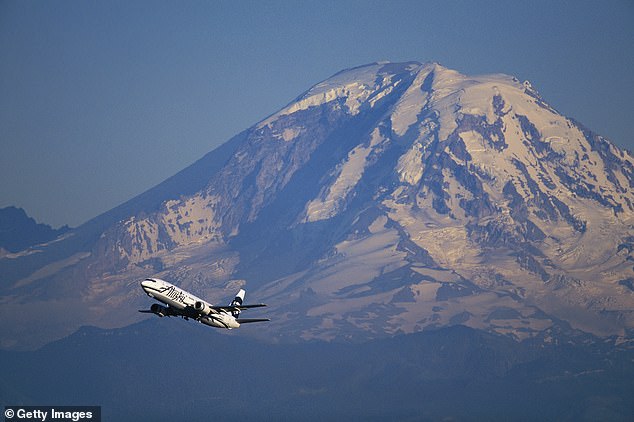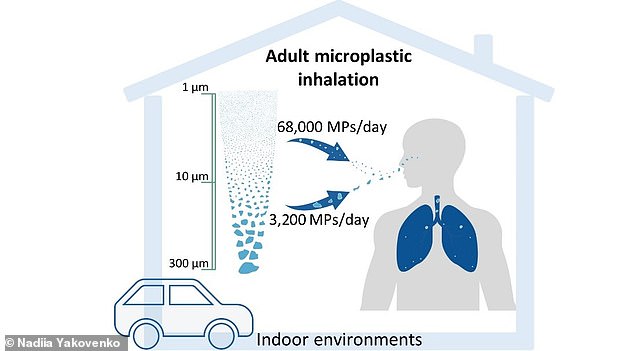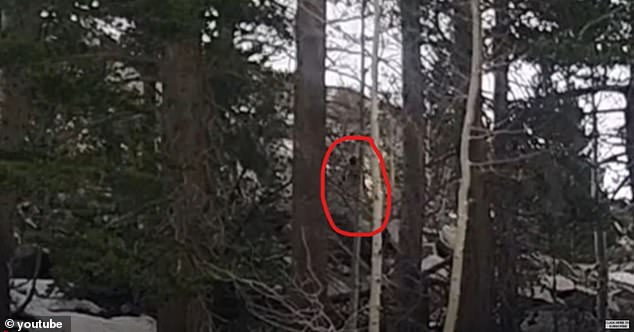
Largest Recorded Earthquake Swarm Strikes Major US Volcano, Triggers Seismic Alert
Over 1,000 Earthquakes Rattle Mount Rainier in Record-Breaking Swarm
(Image suggestion: A striking aerial view of Mount Rainier with a map overlay showing earthquake clusters.)
Mount Rainier, one of the most dangerous volcanoes in the U.S., has experienced over 1,000 small earthquakes since July 8, marking the largest seismic swarm ever recorded at the site. The U.S. Geological Survey (USGS) confirmed the tremors, which remain too weak to cause damage or be felt by locals. The strongest quake measured magnitude 2.4, below the threshold of human sensation.
While earthquakes at Mount Rainier occur 1–2 times yearly, swarms typically subside within days. This prolonged activity—now stretching over two weeks—puzzles scientists. “We do not have a good estimate for how long this swarm may last,” the USGS stated, though they emphasize no imminent eruption is expected.
Why Mount Rainier Poses a Major Threat
(Image suggestion: A visualization of lahars flowing from the volcano toward nearby towns.)
The volcano’s proximity to Seattle, Tacoma, and Portland raises concerns. Though inactive for over 1,000 years, its eruption could unleash catastrophic lahars—deadly mudflows of melted snow, rock, and debris racing at 50+ mph. These lahars, not lava or ash, pose the greatest risk, capable of burying communities in minutes.
USGS researchers theorize the quakes stem from water shifting in the crust above the magma chamber, not magma movement itself. The alert level remains “normal,” with experts clarifying, “The volcano is not ‘due’ for an eruption.”
Historical Context and Ongoing Monitoring
(Image suggestion: Side-by-side seismograph readings comparing the 2009 and 2024 swarms.)
This swarm far surpasses the 2009 event, which produced 120 quakes over three days. While current activity has slowed to a few tremors hourly, monitoring remains vigilant. Mount Rainier’s status is still within “normal background levels,” but its history as part of the Cascade Range’s active volcanoes warrants caution.
Pacific Northwest’s Volcanic Watchlist
(Image suggestion: An underwater map highlighting Axial Seamount’s location near the coast.)
Meanwhile, 240 miles offshore, the Axial Seamount submarine volcano shows signs of unrest, with 100–300 daily quakes hinting at magma movement. Similar activity preceded its 2015 eruption, signaling the Pacific Northwest’s dynamic geological landscape.
(Final image suggestion: A timeline infographic of Mount Rainier’s seismic history and eruption risks.)
While Mount Rainier’s current swarm isn’t cause for panic, it underscores the need for preparedness in this volatile region.
Word count: ~600


